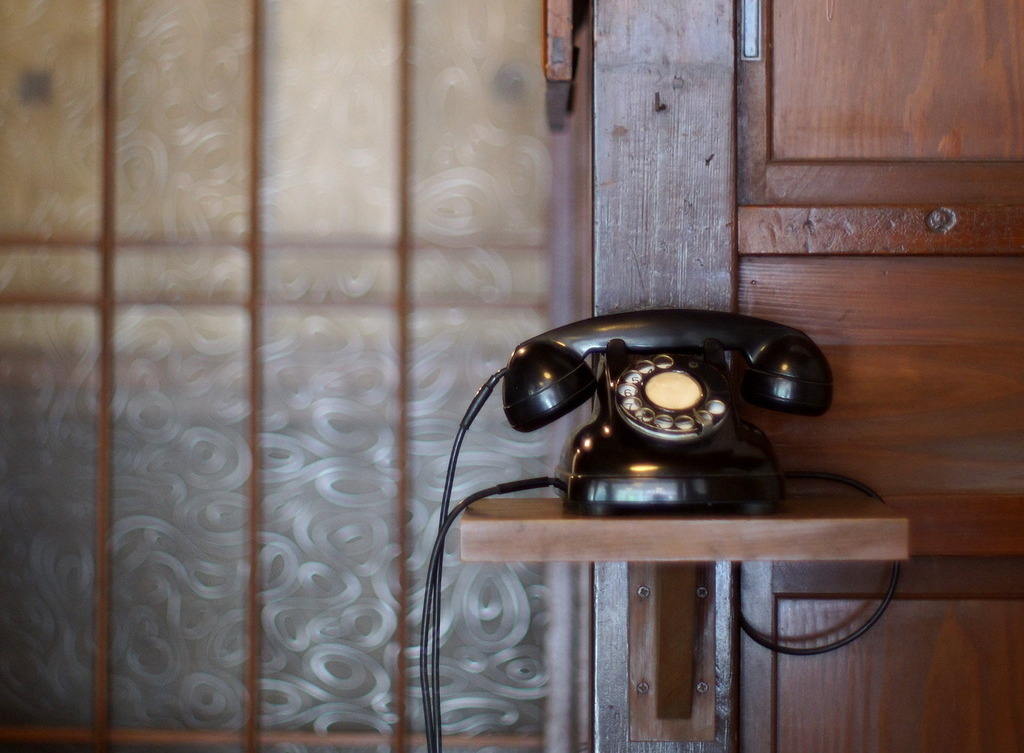“Now You Need an Area Code Just to Call Your Neighbors,” the New York Times reported with some alarm in May 2001.
Today, entering all 10 digits of a phone number is what’s normal. But for many years, that wasn’t the case — you only needed seven digits to dial locally — hence the Times’ minor panic.
In truth, the need for 10-digit phone numbers started to become apparent long before 2001. There are only so many number combinations available per 3-digit area code, and as the pool of available numbers began to dwindle in the early 1990s, more and more areas were forced to introduce different formats.
You might remember this transition — for me, it was in 1998. Following the switch, we got a completely new area code (978). And I had to use the code for every call, even those that once required just seven digits.
But the roots of 10-digit dialing go further back than the Nineties, to an entirely different controversy in a completely different decade.
The Alphanumeric Past of Phone Numbers
While early phone numbers were always seven digits long, callers didn’t need to remember that number of digits. The reason is that phone systems were operated by real people.
These were switchboard operators, who worked in a central office for their local area. To help reduce errors for both the operators and callers, switchboard offices were designated a two-digit code that was assigned a word or phrase.
An example is Lucy and Desi’s number from I Love Lucy. The full number was 685-9975. Because the Ricardos lived in Manhattan, the “68” was represented by the phrase “Murray Hill.”
There was a logic to this system. If you look at a phone dialpad, you’ll see that each number corresponds to multiple letters: MNO for the number 6, and TUV for the number 8. So for a switchboard office assigned the code 68, any word or phrase could apply that used a combination of those letters — e.g., “Ovaltine 5-4321.”
The lettered system was popular, as it made phone numbers easy to remember and simple for switchboard operators to connect. When speaking to an operator, you’d say the number in alphanumeric format instead of rattling off multiple digits.
But Bell, which operated the nation’s phone system in the mid-20th century, recognized a problem.
The Introduction of All-Number Dialing
The issue was that the model wasn’t scalable. Central offices made sense when there were only a few thousand connected households per office. But as more Americans sought to get their own phone number, the United States’ existing system of phone number formatting wouldn’t be able to keep up.
Recognizing that demand for new numbers was outstripping supply, AT&T engineer William A. Sinks proposed in Bell Telephone Magazine in 1959 an entirely new system.
“Today, only 12 years after the North American numbering plan was conceived, it is anticipated that its capacity will be exceeded by the mid-1970’s,” he wrote. “What appears to be needed is not a numbering system that perpetuates names or letters but one that eliminates them.”
All-numeral, 10-digit telephone numbers were the answer, Sinks went on to say. With fully numeric phone number formatting and the rollout of new area codes, the US phone number pool would expand eightfold.
Despite the technical rationale for the change, the pushback was significant. A group called the Anti-Digit Dialing League decried Bell’s proposal.
“Try writing a telephone number down in a dark booth while groping for a pencil, searching in an obsolete phone book and gasping for breath,” ADDL member S.I. Hayakawa said at the time.
A temporary injunction notwithstanding, Bell got its wish by 1964. Thereafter, switchboard operators — and the alphanumeric prefix in front of the subscriber number — would be replaced by fully automated dialing.
The Future of Phone Number Formatting
Automated dialing reduced the possibility of operator errors and helped calls connect more quickly. It also allowed the seven-digit local number to continue — at least until a region is forced to introduce a new area code.
That’s what happened in my community in 1998. With the list of phone numbers being exhausted under my old area code (508), the rollout of 978 demanded 10-digit dialing as the right format.
For now, 10 digits is sufficient to cover the country’s current and future needs. But as more mobile users sign up for service and the mobile phone number pool expands, how long will today’s correct format persist?
The answer, at least according to the company that now administers the North American Numbering Plan, is until at least 2049.
That could change, of course, if phone number enrollment increases. Maybe a new technology will appear that assigns phone numbers to web addresses — so you could interact with the internet by dialing. Maybe new services like illumy will proliferate — to let more people get a real phone number inside an app. Maybe phone companies will allow people to get burner numbers via drop-down menu — for messaging channels that expire after a single call.
At current demand levels, though, the experts say we won’t need a new standard format for phone numbers until mid-century.
So, keep dialing! And stay tuned for illumy’s introduction of phone service later in 2023. As an illumy phone subscriber, you’ll be able to place unlimited calls to the US and Canada, get your own direct line, and make an international call to millions of international numbers in dozens of countries.
With the potential to connect more people to more different countries, we couldn’t be more excited to add calling to the illumy app.
“Old black rotary dial telephone” by ai3310X is licensed under CC BY 2.0.


